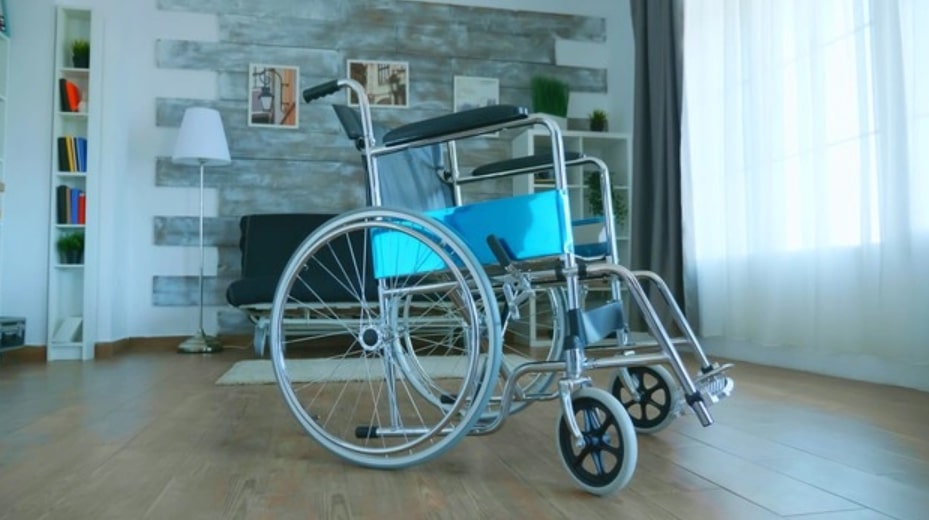Life is full of surprising twists and turns. When one of those surprises results in the need for a wheelchair, short or long term, modifications are needed to make your home wheelchair friendly. Here is a brief look at common ways folks handle two basic challenges: doors and floors:
Doors
Doors present two challenges for wheelchair users: narrow openings and raised thresholds.
Narrow Openings
Doorways need to be at least 32” wide to allow a wheelchair to pass through comfortably; 36” or more is optimal. And, if there are sharp turns before or after the doorway, more clearance will be required. Homeowners have three basic options:
- Remove the trim or the door. Sometimes the opening is wide enough, but the door or the trim get in the way. In these cases, removing the occluding items solves the problem. Other finishing options are available, as are innovative ways to offer needed privacy.
- Replace the hinges. Offset hinges, also called “z” hinges, allow doors to swing completely clear of the doorway. You can usually get at least an inch of additional clearance with these hinges.
- Widen the doorway. This is the most complicated option, as it involves the construction and possibly even relocating electrical switches and outlets.
Thresholds
Even small thresholds can represent a large obstacle for wheelchairs. Homeowners can remove this obstacle by removing the threshold, placing a cushioned threshold over the top, or by installing wheelchair ramps to assist with thresholds.
Floors
Wheelchair-friendly floors have five characteristics. They are—
- Slip-resistant
- Easy to care for
- Long-wearing
- Easy for a wheelchair to move over
- Free from obstacles
In general, smooth flooring, such as laminate or tile, is preferable to carpet as some carpets can be difficult for wheelchairs to roll over. If floors are carpeted, low-pile carpets work the best. Hardwood is susceptible to scratches and wears from wheelchairs. There are lots of good flooring options available.
Clearing the floor of all obstacles is another consideration. We’ve already discussed thresholds, but another similar issue occurs when flooring transitions say from carpet to hardwood.
Many homeowners find it’s necessary to install small ramps at these transitions. Rugs can also pose problems, as can any other things stored on the floor, such as plants, shoe racks, or decorative items.
The Good News
Amidst the turmoil and stress of needing to rely on a wheelchair, the good news is that moving isn’t always necessary. There are many affordable and versatile options available for making a home wheelchair accessible. Contact your local mobility specialist to explore your options today.
Read more interesting articles at Endeavourarticles









